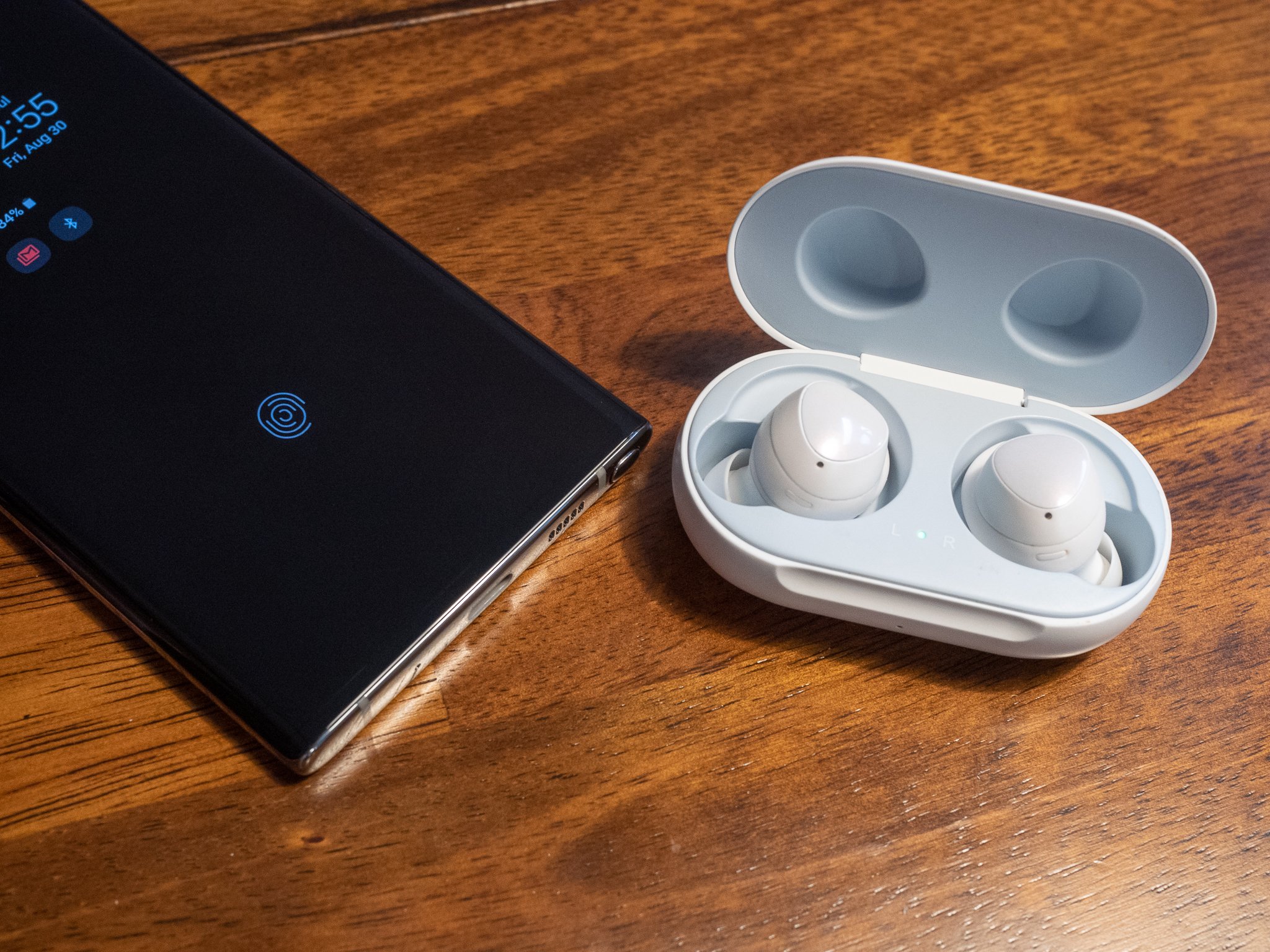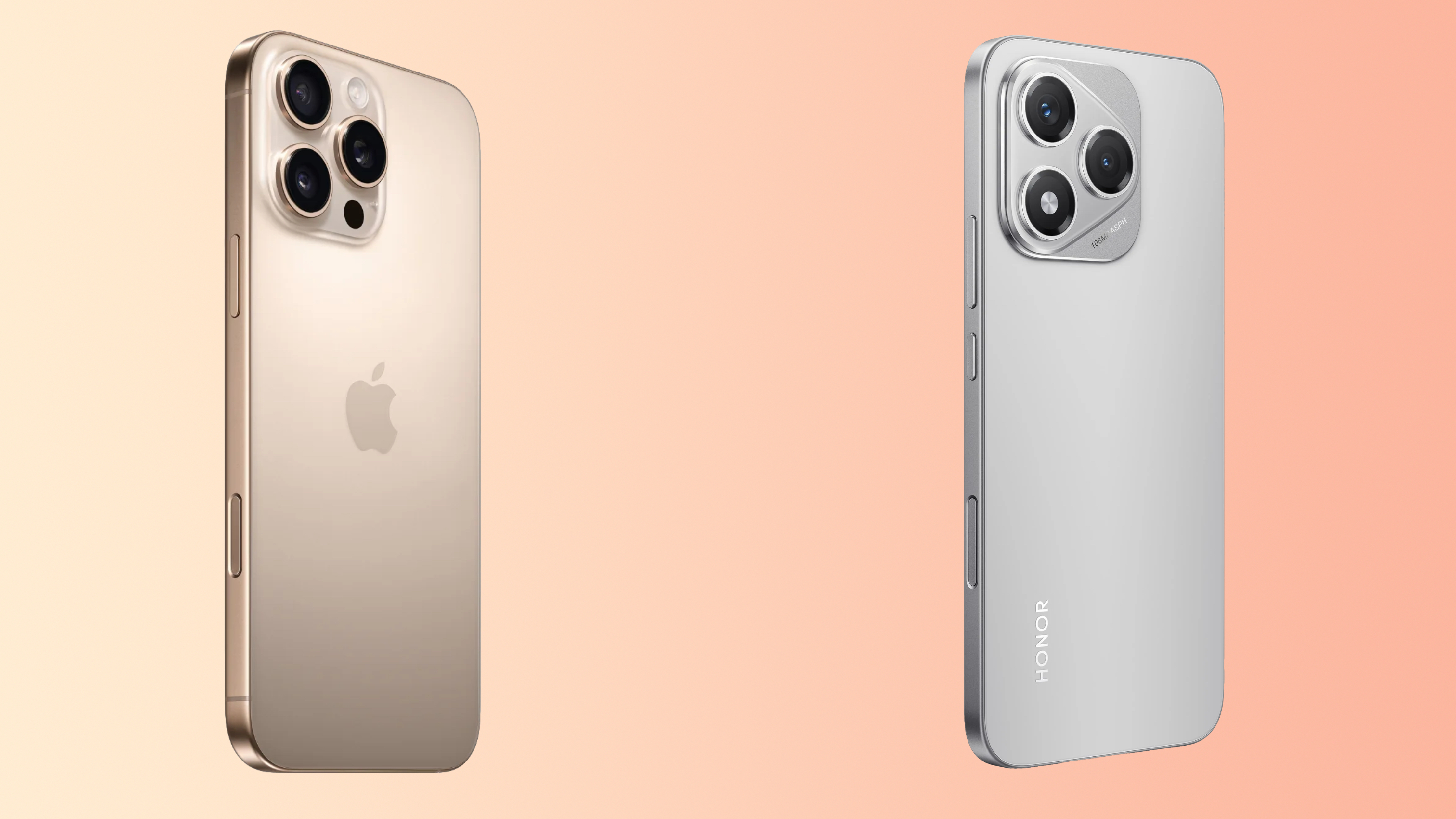Bluetooth on Android: Top tips for getting your devices to work properly

Depending on who you ask, Bluetooth is either a huge convenience or one of the most frustrating pain points of modern technology. I'd say it's somewhere in-between.
By far the most common use for Bluetooth in consumer gadgetry is audio; whether you're listening to music through wireless speakers or taking phone calls on your earbuds, there's a near-100% chance it's thanks to Bluetooth. One of the main issues with streaming audio over Bluetooth is latency. You've probably noticed when watching videos with Bluetooth headphones, for example, that the image and audio are slightly out of sync, because Bluetooth just isn't fast enough to keep things perfectly aligned.
For as ubiquitous as it is in wireless gadgets, Bluetooth is still finicky at times, but a lot of that can be alleviated with some simple know-how.
Check that your devices support Bluetooth 4.2 or newer

While there isn't much you can do to get around technological bottlenecks, it at least helps to ensure that the wireless devices you're buying feature a recent version of Bluetooth. The good news is that this doesn't necessarily mean you need to go out and buy something made in the last few months. While Bluetooth 5.1 is the latest iteration, its improvements were largely in features like range and stability.
Anything running Bluetooth 4.2 or newer will do.
Bluetooth 4.2 is the most recent version to bring speed improvements over its predecessor with a massive increase in packet payload size. In other words, Bluetooth devices sold in 2014 can have just as little latency with audio streaming as brand new headphones and speakers sold in 2019. Of course, that support means nothing if the device you're streaming from runs an older version of Bluetooth.
This isn't so much an issue with tech you'd typically upgrade every few years like computers and phones, but car manufacturers are notorious for dragging their feet when it comes to incorporating new tech into their stereo systems. Unless you drive a newer car or use an aftermarket stereo, you've probably noticed far worse Bluetooth latency compared to your wireless headphones. My 2012 Mazda 3, for example, still runs Bluetooth 2.0 … which was released all the way back in 2004, and results in an annoying ~two-second delay.
Having trouble pairing?

Bluetooth doesn't just cover audio accessories, it's used in everything from smartwatches to game controllers, GPS trackers, and endless other gadgets. However, none of that matters if you can't get your devices to connect to your phone in the first place. Again, Bluetooth can be finicky, but there are a few tricks that could help you connect to a stubborn device.
Be an expert in 5 minutes
Get the latest news from Android Central, your trusted companion in the world of Android
Most of the solutions are simpler than you might think.
The first tip is fairly obvious, but make sure the device you're trying to connect to is powered on and set to pairing mode. You should see it pop up in the discoverable devices list in your phone's Bluetooth menu, but if not, try turning Bluetooth off on both devices, then back on. It's amazing how often such a simple trick can be all that was needed. If your Bluetooth device still isn't showing up, turn both devices completely off and back on.
You might also benefit from removing all of the previously connected devices from your phone's memory. There's a decent chance you have a handful of accessories in your Bluetooth list that you paired to once or twice — say, a friend's portable speaker or a smartwatch you don't use anymore — and your phone could be trying to connect to one of those instead of the device you're actually trying to pair. Removing each device is as simple as navigating to your list of devices, tapping the settings icon next to each name, and tapping the unpair option.
Lastly, you'll want to make sure both devices in question are fully charged; some devices have power saving features that automatically disable Bluetooth once you reach a particular battery percentage. This one's an easy fix, but it can be annoying when all you want to do is pair your devices and get back to what you were doing.
Be sure to enable Bluetooth permissions
One of the beauties of Android is that it allows you to individually enable or disable certain functions on each of your Bluetooth peripherals, but that can also lead to some confusion if certain permissions are disabled by default. On Bluetooth headphones that support calling, you can typically toggle access to phone calls, media audio, or contact sharing. This can come in handy if you like to listen to music through your headphones but would rather carry out conversations with the phone directly to your ear.
Adjusting these permissions is easy; just jump into the same settings menu of the desired Bluetooth peripheral mentioned in the previous section, and you'll see the permissions listed out along with toggles for each.
Bluetooth is well worth the tradeoffs
For all of its frustrations, Bluetooth is still a great technology that makes way for some pretty incredible wireless devices. I use Bluetooth headphones and speakers every single day, and plenty of my colleagues enjoy the convenience of Bluetooth-powered smartwatches.
You won't get the same audio quality and immediacy with Bluetooth headphones as you would with wired headphones, nor will Bluetooth controllers be quite as responsive as their wired counterparts, but the convenience is well worth the tradeoffs for most.
Hayato was a product reviewer and video editor for Android Central.

